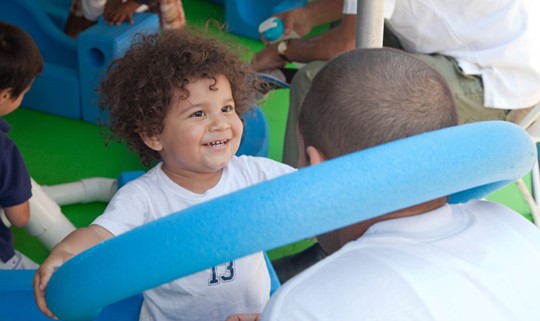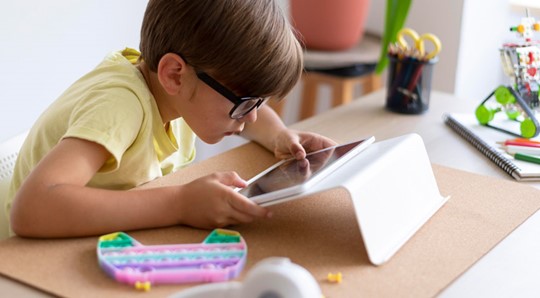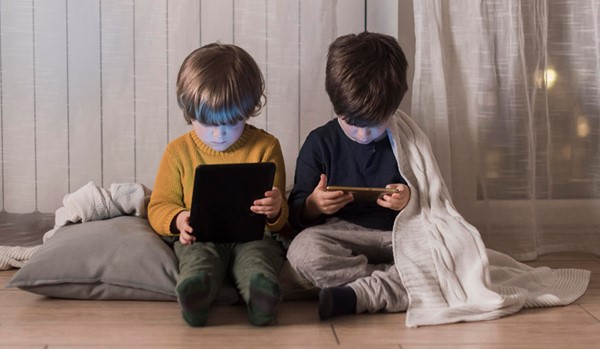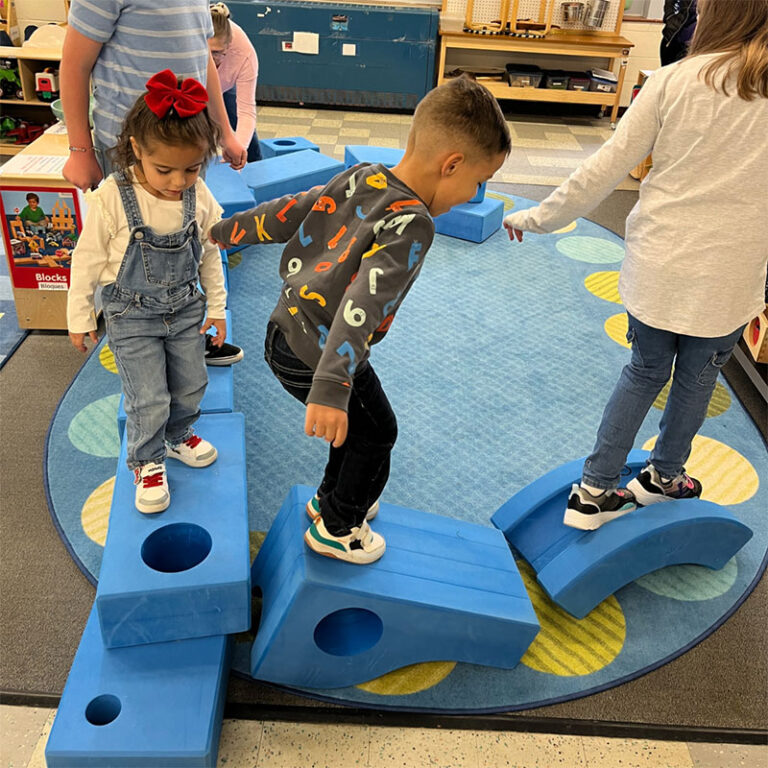At Imagination Playground, we’re dedicated to promoting creative, active free play that nourishes both the body and mind. In an age of constant connectivity, it’s crucial to reflect on the impact that technology and screen time have on children’s development. Today, we explore the growing concern of digital dementia, and how we can teach our children to have a healthy relationship with technology.
What is Digital Dementia and Why Should We Care?
Digital dementia is a term coined in 2012 to describe the cognitive decline that mimics symptoms of dementia, such as confusion, disorientation, and memory loss. This phenomenon has been linked to excessive screen use, especially in children, and could potentially increase the risk of future cognitive conditions, including Alzheimer’s disease.
It is important to note that ‘digital dementia’ is not a recognized medical diagnosis, nor is it a type of dementia. However, experts have found that the effects of constant screen time can lead to significant changes in how we think, remember, and focus. Given the pervasive role technology now plays in our lives, it’s more important than ever to understand the risks and cultivate healthy screen habits.

The Risks of Overusing Technology
- Reduced Physical Activity:
Technology was designed to make life easier, but it’s also led to an increase in sedentary behavior. Kids spend more time on screens and less time running, playing, and moving their bodies. This shift in activity patterns can have long-term effects on physical health. - Poor Sleep Habits:
Using screens before bed can disrupt the body’s natural sleep cycle and raise stress hormone levels, leading to restless nights. Sleep is crucial for both mental and physical development, and poor sleep patterns can affect a child’s mood, focus, and learning abilities. - Shortened Attention Spans:
The constant barrage of quick media, like TikTok and Instagram Reels, promotes a culture of instant gratification and makes it harder for children to concentrate for long periods. This can have a negative impact on memory, attention, and the ability to engage in deep, focused thinking.

Fostering Healthy Screen Habits in Kids
While we can’t avoid technology altogether, we can foster healthy habits that encourage balance. It’s essential that children learn responsible screen use early on. Here’s how we can integrate healthier practices into daily routines:
- Encourage Non-Screen Social Activities:
Enroll your kids in community activities that promote socialization and physical movement. Whether it’s a sports league, a creative art class, or a neighborhood book club, these activities offer opportunities to engage with peers and explore new hobbies without a screen in sight.
- Implement Screen-Free Times:
Create designated “screen-free” periods, especially in the hour before bed and after waking up. Try establishing morning and nighttime routines that don’t involve screens or waiting to use screens until after you’ve done a few mindful activities (like brushing teeth or having breakfast). Little changes can make a big difference, so start small and gradually build from there!
- Educate Yourself and Your Kids:
Understanding the risks of excessive screen time is the first step toward making informed choices. Educate your children on the importance of balance in their daily habits, so they grow up with a healthy relationship with technology.

Embrace the Best of Both Worlds
We recognize that technology isn’t going away, and it comes with many benefits that can enhance creativity, learning, and connection. However, it’s about finding a sustainable balance. Here at Imagination Playground, we want to encourage healthy screen habits while ensuring kids get plenty of time for active, creative, screen-free play.
Remember, it’s okay to spend an afternoon binge-watching your favorite show or playing games online. The key is moderation and integrating plenty of opportunities for kids to engage with the world around them in creative ways—without screens.









